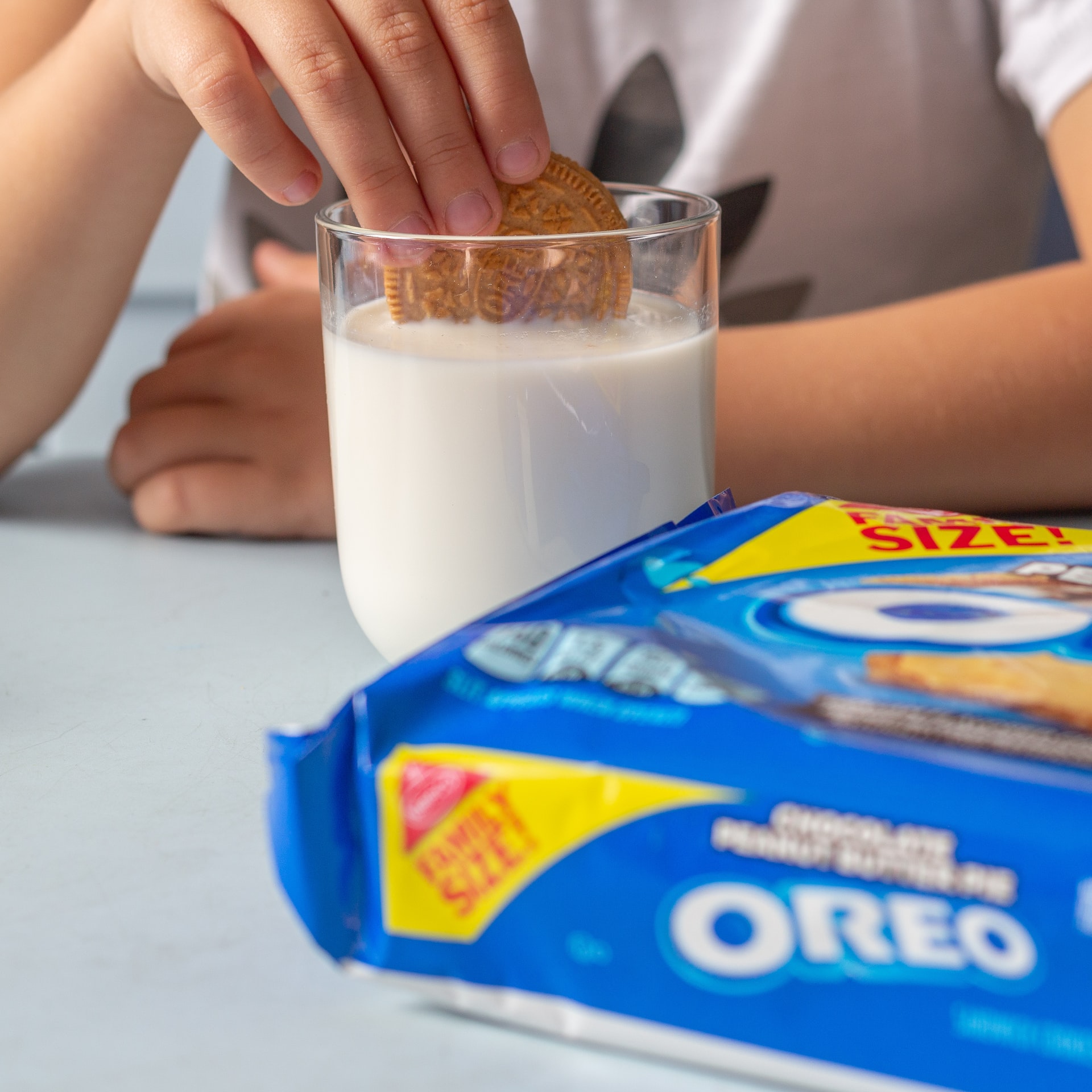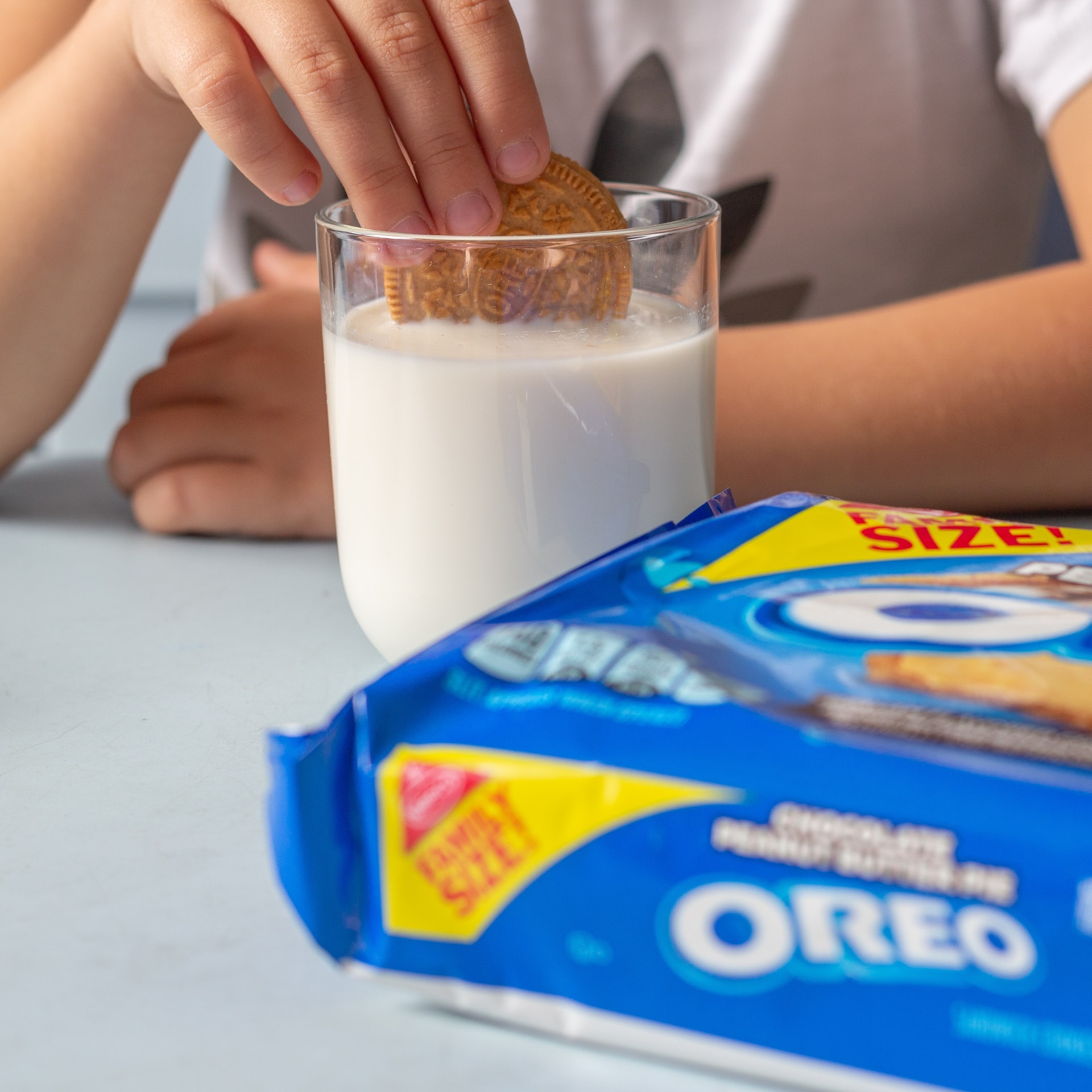2022 Great how exactly to Position Your Brand As A Ritual
[ad_1]
By definition, consumption is ritualistic and all sorts of rituals have heroes. Consumers become actors that have fun with the role associated with hero to fulfill their ego through consumption. When identifying with a brandname and consuming its product, we hope it’s going to transform us into a much better, heroic person.
Ultimately, marketers’ goals must certanly be to ascertain a ritual that accompanies the intake of their product. A team of researchers from Harvard University delivered to light the worthiness of rituals in consumption by creating a straightforward ritual of unwrapping chocolate. The analysis demonstrates that those who unwrapped the chocolate believed it tasted better and were ready to pay a lot more than those that had just been handed a bit of unwrapped chocolate.
A ritual is a sequence of behavior repeated in the long run. “Ritual behavior is dramatically scripted and acted out and it is performed with formality, seriousness, and inner intensity,” noted scholar Denis Rook.
Rituals have been in contrast with a habit, which will be simpler and it is performed mindlessly. Rituals contrast with routines, that are patterns of behavior formed with little thought. Routines often become rituals when they are infused with a deeper meaning. Rituals are repeated in the long run and performed with seriousness, intensity, and formality. Brands and products help us operationalize the ritual—a key element of assemblage.
Brands can shape and reinforce rituals by helping people create and perform rituals. Eventually, the ritual becomes collective and accepted as rational behavior, then becomes unheroic. As an example, it really is unlikely our guests will notice whenever we serve a wedge of lime with a bottle of Corona because this ritual is currently commonly known.
A ritual may be broken on to four main components.
- The script: details the steps of what, when, why, and exactly how to execute the ritual.
- The artifacts: the objects, products, services, and brands used to execute the ritual. Some objects may take on an increased meaning such as for instance a cast-iron pan directed at us as a family group heirloom.
- The performance associated with ritual: acted, written, or spoken.
- The audience: a ritual can be carried out for oneself, someone you care about, or a bigger audience.
How To put Your Brand And Product As A Ritual
Rituals help create positive, meaningful associations with a brandname. To foster brand rituals:
- Show and tell the behavior: Showcase the sequence associated with ritual as well as the full process making sure that customers can reenact it.
Ferrero Rocher more often than not shows its product as something special someone brings to someone you care about or social gathering. Characters then grab among the precious chocolates covered with golden foil, either from the box or from a big pile of Ferrero Rocher put up as a classy pyramid. Finally, the characters unwrap the chocolate and carry it with their mouth with a manifestation of delight. - Position your product while the artifact: A talisman people need certainly to perform the ritual successfully.
Oreos are marketed while the only cookies you can make use of to “twist, lick, and dunk.” Needless to say, individuals were already performing this ritual ahead of the ads. Oreo’s marketers just picked through to this consumer behavior and managed to make it an element of the brand’s strategy. - Anchor the triggers: Tell your prospects in what situations they need to perform the ritual.
- Stage the ritual in a context that aligns together with your brand identity and purpose.
Visiting Starbucks is a ritual, both on a person and social level. The way in which our drink is customized and prepared makes us feel important as well as in control; we dictate the results and witness the method. Starbucks can also be a spot where we host collective rituals, such as for instance meeting friends, colleagues, and business acquaintances. Starbucks is a “third place” that is neither the house nor any office, where we gather, study, read, tune in to music, and also drink coffee.
Contributed to Branding Strategy Insider By: Dr. Emmanuel Probst, excerpted from his book Assemblage: Creating Transformative Brands
The Blake Project will allow you to Differentiate Your Brand In The Brand Positioning Workshop
Branding Strategy Insider is a site of The Blake Project: A strategic brand consultancy devoted to Brand Research, Brand Strategy, Brand Licensing and Brand Education
FREE Publications And Resources For Marketers
Post Views: 46
[ad_2]

22 Great Just How To Position Your Brand As A Ritual
